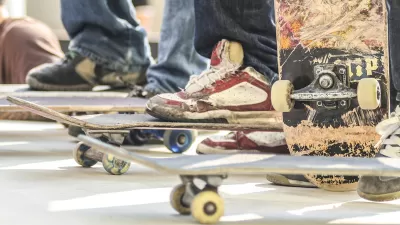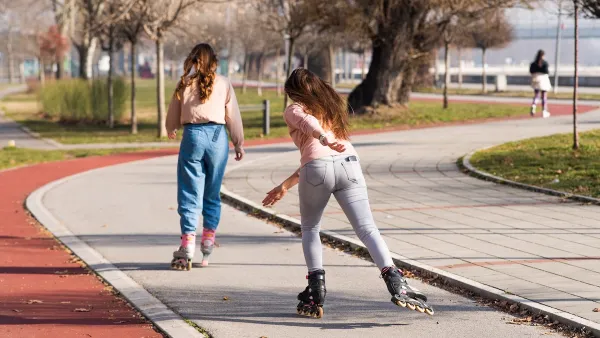Where can teenagers hang out and be safe in public? Members of Yes Loitering, advocates for public spaces where youth can “hang out and be themselves” without fear of reprisal.

For some New Yorkers, justice in the streets might mean freedom from fear; for others, freedom from suspicion. For many young people, it simply means a right to exist in the public realm on their own terms. Teenagers, roughly one million New Yorkers, face a unique spatial challenge: Old enough to be independently mobile but too young to have homes of their own, they conduct their private lives outside. There, adults set limits on youth’s presence in the name of “quality of life.” Authorities in public and private space may call on security guards and police officers to enforce their rules, even setting off a chain of effects leading young people into the trap of the legal system.
For the teenage design-researchers of the Yes Loitering project, justice for youth means public spaces where they can “hang out and be themselves” without fear of reprisal. Rather than passive recipients and interlopers in a grown-up’s world, they propose that young people should have authority over the designs and decisions that affect them. Based on research into the state of youth public space in their neighborhood and in the city, they offer a diagnosis of the problem, and proposals that marry broad principles of access and inclusion with hyper-specific demands. The result is a creative, positive vision: Musical instruments and board games, affordable food and charging stations, rain cover and flexible seating are the boards and hammers of a teenager’s adventure playground. In dreaming up the perfect place for youth to hang out, Yes Loitering imagines a public realm more welcoming than currently exists. If justice is what love looks like in public, as Dr. Cornel West says, then design premised on love for society’s most reviled demographic might be what it takes to build really just public space.
FULL STORY: Yes Sitting, Yes Skating, Yes Music

Maui's Vacation Rental Debate Turns Ugly
Verbal attacks, misinformation campaigns and fistfights plague a high-stakes debate to convert thousands of vacation rentals into long-term housing.

Planetizen Federal Action Tracker
A weekly monitor of how Trump’s orders and actions are impacting planners and planning in America.

In Urban Planning, AI Prompting Could be the New Design Thinking
Creativity has long been key to great urban design. What if we see AI as our new creative partner?

King County Supportive Housing Program Offers Hope for Unhoused Residents
The county is taking a ‘Housing First’ approach that prioritizes getting people into housing, then offering wraparound supportive services.

Researchers Use AI to Get Clearer Picture of US Housing
Analysts are using artificial intelligence to supercharge their research by allowing them to comb through data faster. Though these AI tools can be error prone, they save time and housing researchers are optimistic about the future.

Making Shared Micromobility More Inclusive
Cities and shared mobility system operators can do more to include people with disabilities in planning and operations, per a new report.
Urban Design for Planners 1: Software Tools
This six-course series explores essential urban design concepts using open source software and equips planners with the tools they need to participate fully in the urban design process.
Planning for Universal Design
Learn the tools for implementing Universal Design in planning regulations.
planning NEXT
Appalachian Highlands Housing Partners
Mpact (founded as Rail~Volution)
City of Camden Redevelopment Agency
City of Astoria
City of Portland
City of Laramie




























